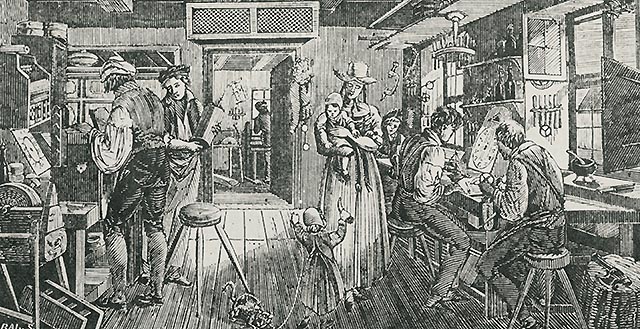
Ringing Musical Clocks from the Black Forest
In 1810 Pastor Jäck tells us that “… around 1768 Johannes Wehrle of Neukirch made the first music clock using tiny glass bells. (...) Salomon Scherzinger in Furtwangen made the first musical mechanism with flute pipes around 1770.”
The first products were far from perfect: “The music was halting, harsh, trenchant in sound and had an irregular beat.” Even years later, people in Neukirch would tell the story of Wehrlehans and his efforts in making the pin barrel, which actually carried the notes for the music. “For decades he would ponder, experiment, and starve until the pitch darkness of insanity finally befell him.”
Musically proficient choirmasters from the monasteries of St. Märgen and St. Peter assisted the clockmakers in adapting the musical works. Clocks with musical mechanisms soon were considered to be actual works of art and their builders were highly revered. Centres of musical clock construction were Neustadt, Unterkirnach and Furtwangen.
As from 1814 Martin Blessing in Furtwangen manufactured musical clocks of exquisite perfection. The actual clock became less and less important; ultimately automatic musical instruments with ever-increasing dimensions were being made.